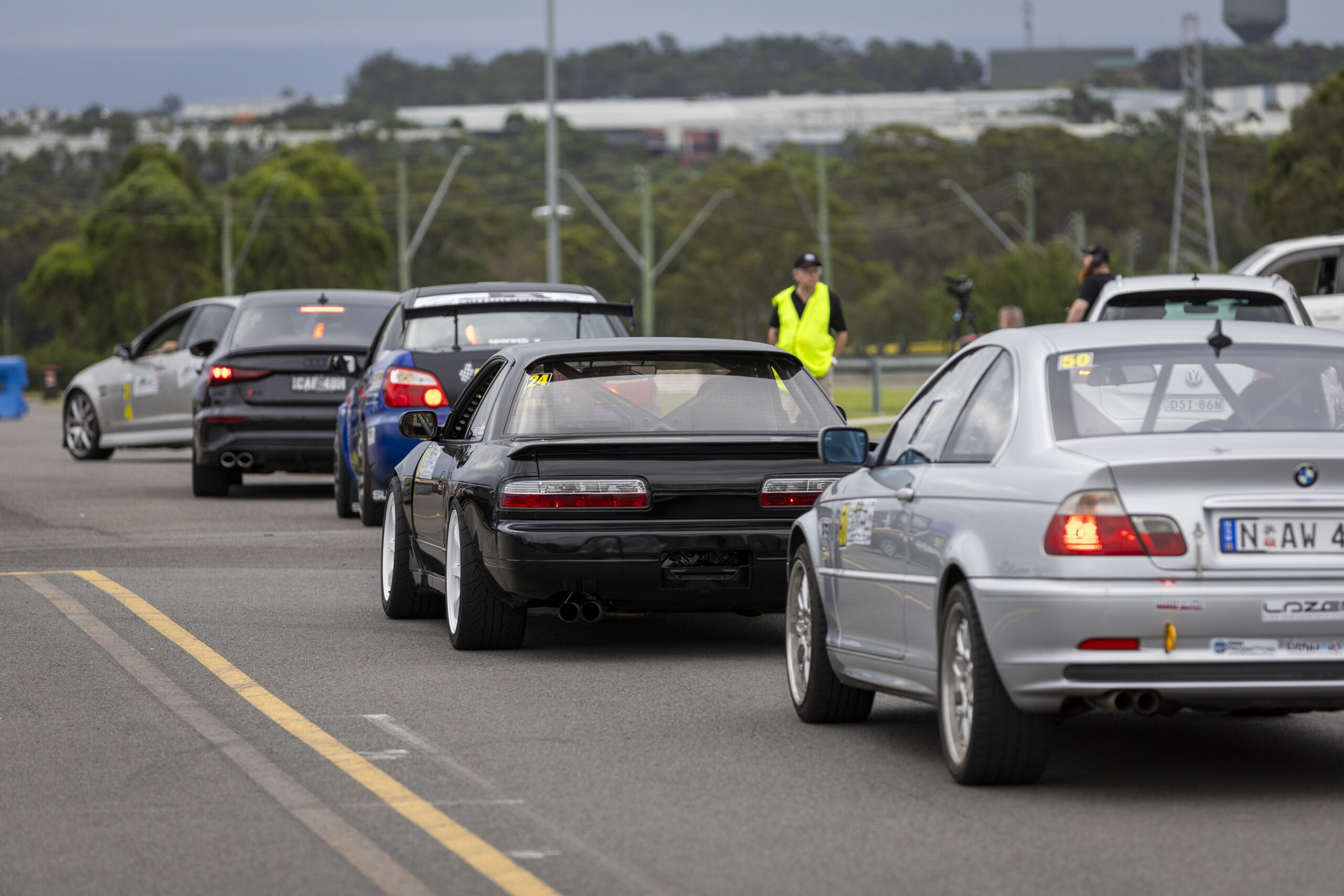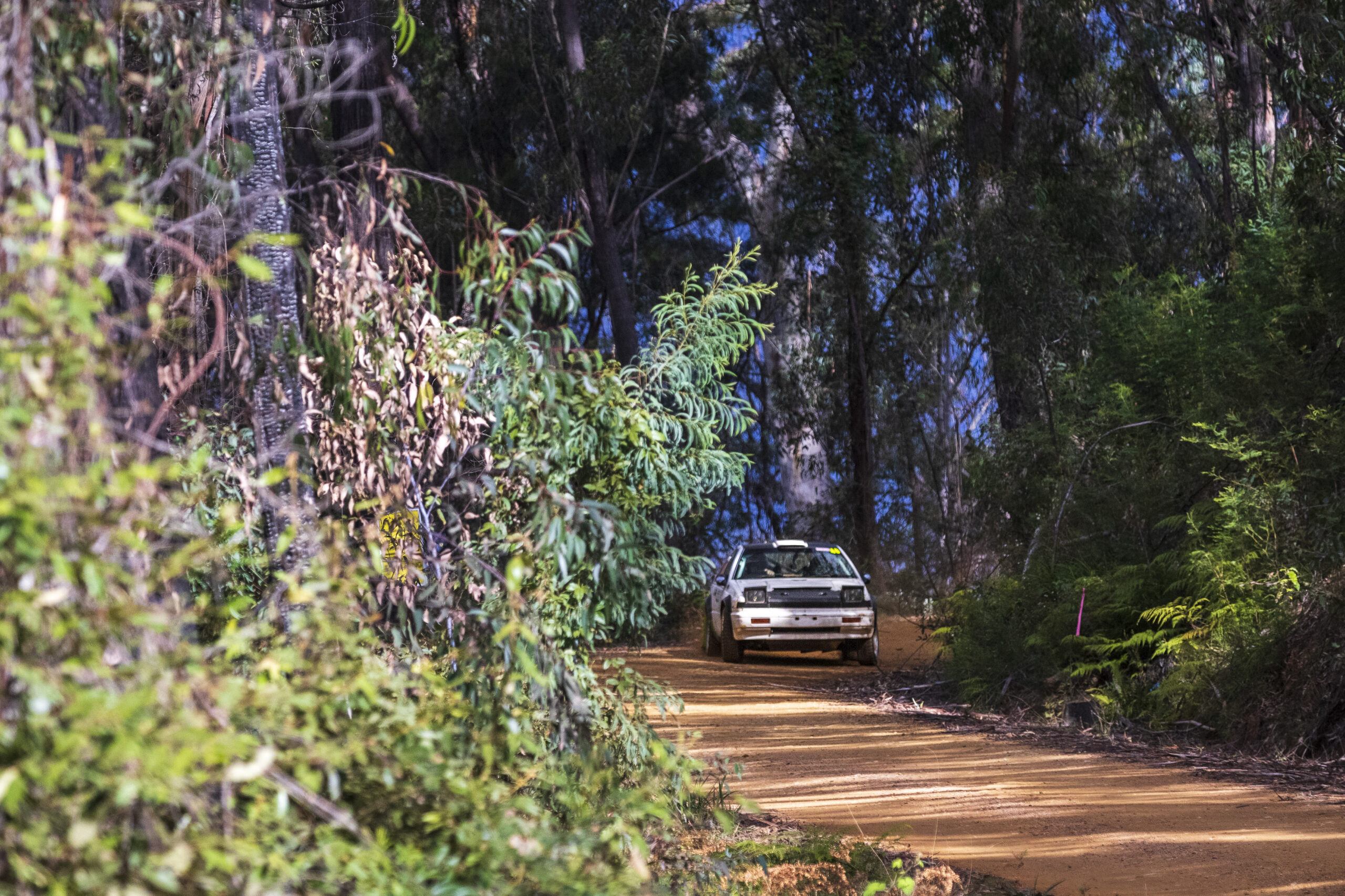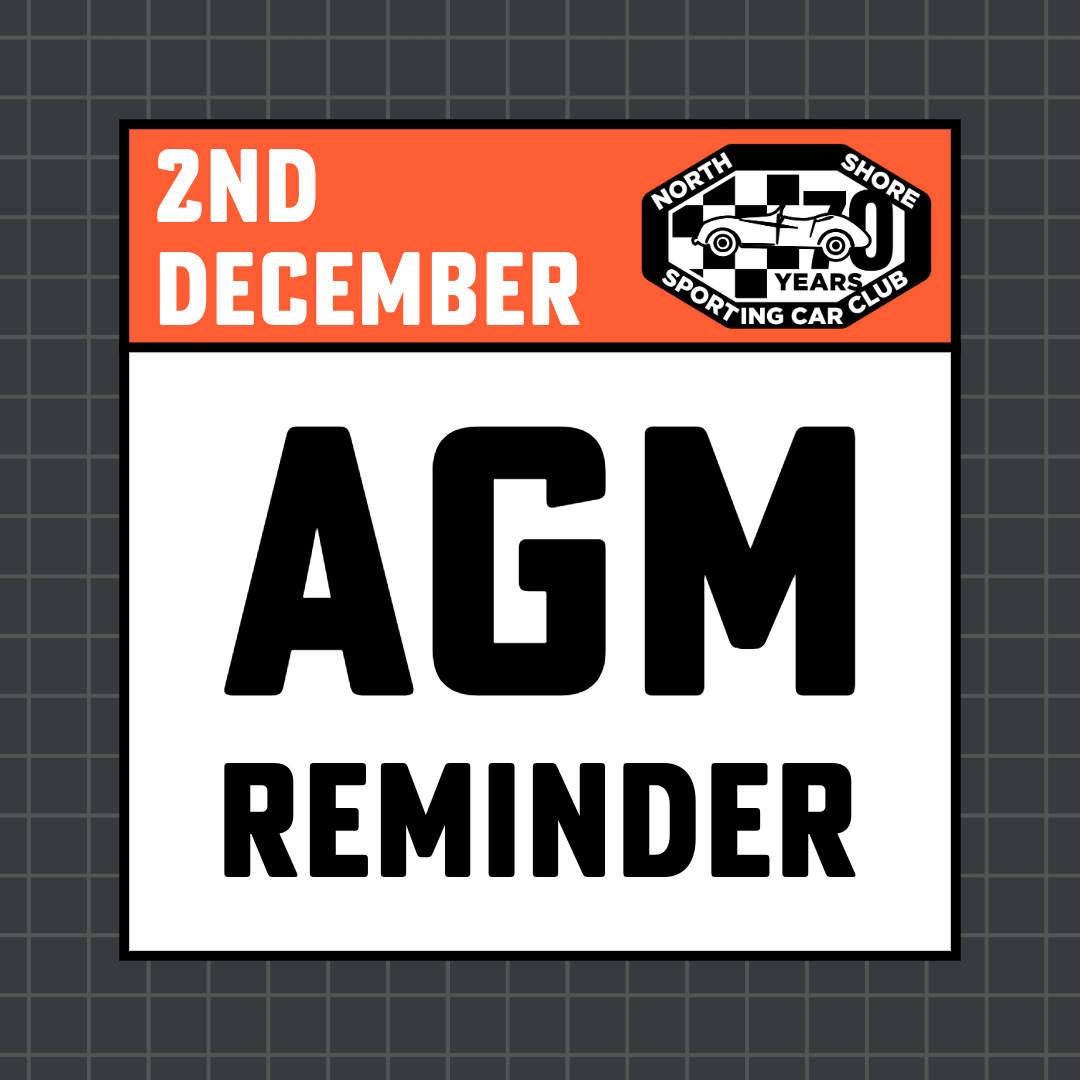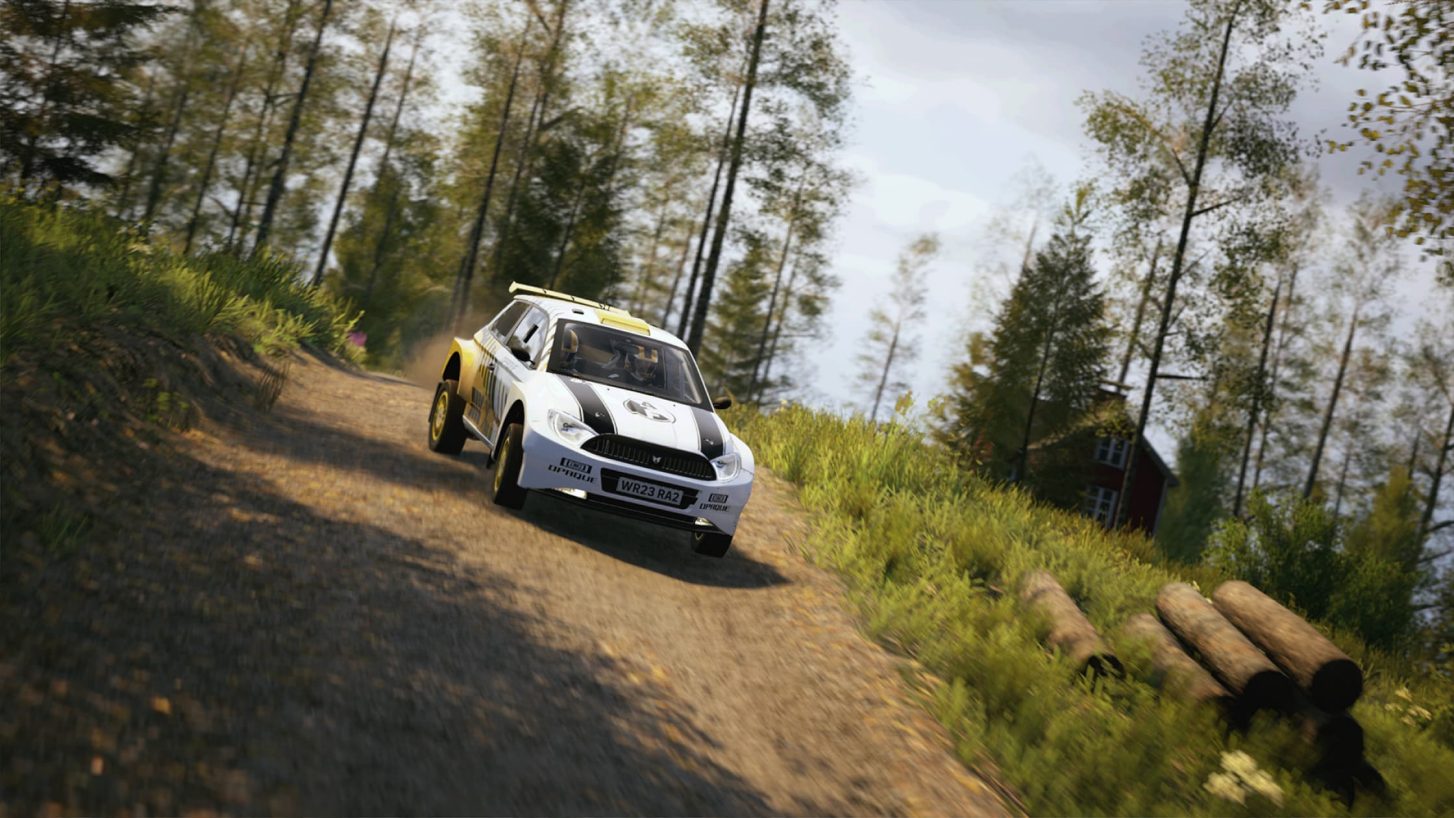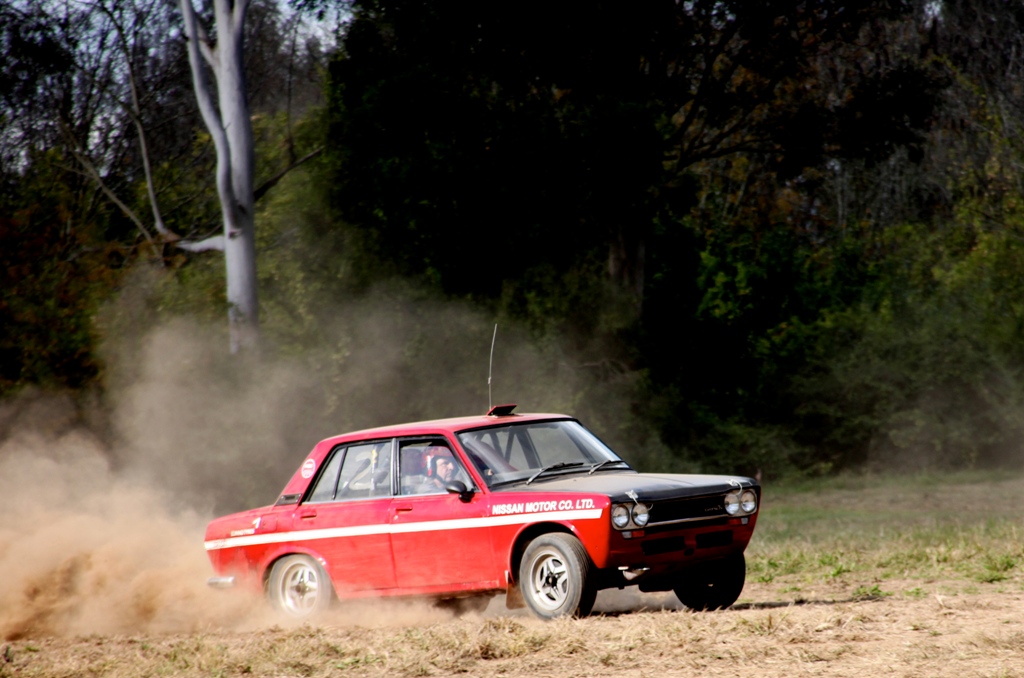

North Shore Sporting Car Club Announces Prospeed Racing as New Naming Rights Partner for Tarmac Sprint Series at Sydney Dragway…
Prospeed Racing has been confirmed as the official naming rights partner for the upcoming Tarmac Sprint Series at Sydney Dragway.
Led by Managing Director Mitch Brooks, Prospeed Racing will be the prominent name associated with the series throughout the upcoming season. The partnership is expected to extend beyond this season, demonstrating the commitment of both parties to the future growth of the sport.
Brett Middleton, Commercial Manager of the North Shore Sporting Car Club, expressed his enthusiasm for the new partnership: “We welcome Prospeed Racing as our new naming rights partner. Their passion for motorsport aligns perfectly with our vision for the series. We believe this partnership will continue to inspire new drivers, especially as we promote motorsport at the grassroots level, including supporting junior drivers from as young as 14.”
The Prospeed Racing Tarmac Sprint Series has been a leading example of tarmac rallysprints in Australia, providing compact, high-action events at Sydney Dragway for more than 10 years. This new partnership promises to deliver innovative enhancements and greater visibility to the sport, while the club’s focus on fostering young talent remains a key priority.
2025/26 Series Dates:
- Round 1: Thursday 9 October 2025
- Round 2: Thursday 6 November 2025
- Round 3: Thursday 11 December 2025
- Round 4: TBC – Early 2026
- Round 5: TBC – Early 2026
About North Shore Sporting Car Club
The North Shore Sporting Car Club (NSSCC) is one of Australia’s most active and passionate motorsport clubs, with a focus on gravel and tarmac rally competitions. The club’s mission is to encourage participation in motorsport by providing a friendly and supportive environment for members to compete, organise, and officiate at a wide range of events from state championships to beginner-friendly options. NSSCC is committed to developing member skills, fostering strong relationships within the wider motorsport community, and creating innovative new events to ensure the club remains at the forefront of Australian rallying.
About Prospeed Racing
Prospeed Racing is a premier online retailer, wholesaler, and importer of high-quality automotive parts, specialising in rare and premium parts and accessories for popular Japanese and European performance vehicles.
For more information, please contact:
Brett Middleton – NSSCC Commercial Manager on 0408 261 043 or email brett.middleton@nsscc.com.au
Photo: Roy Meuronen Photography
